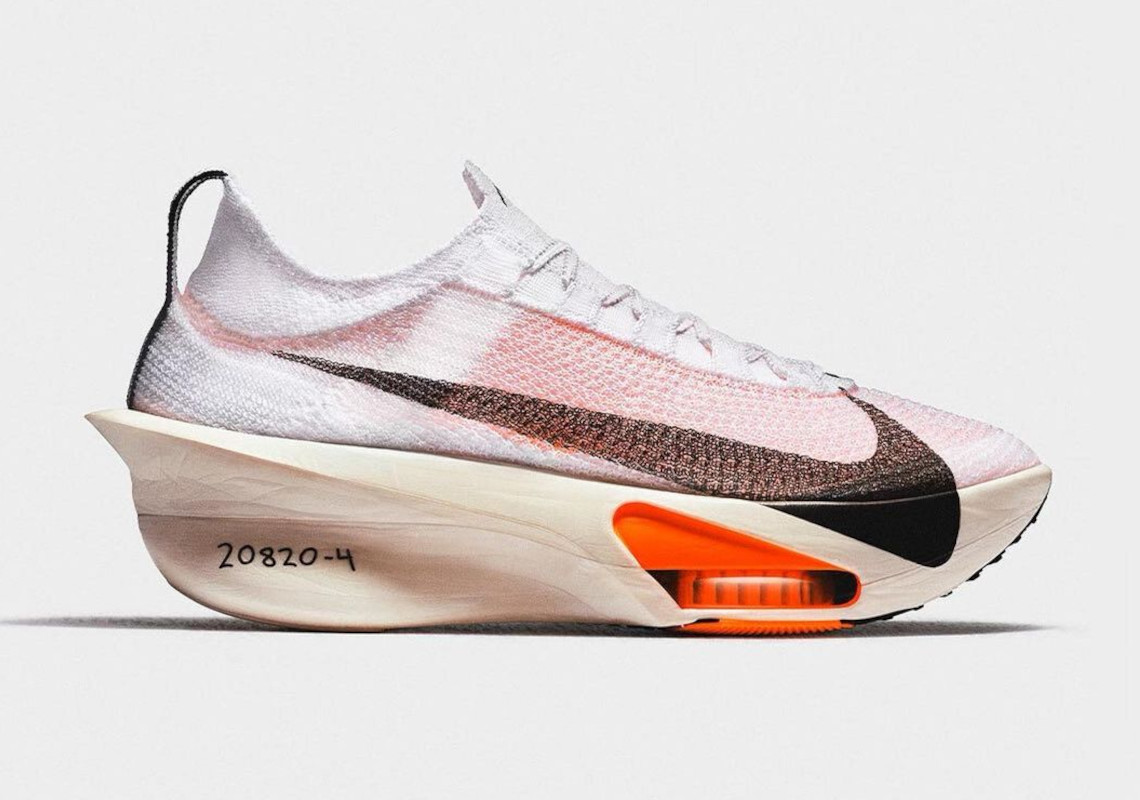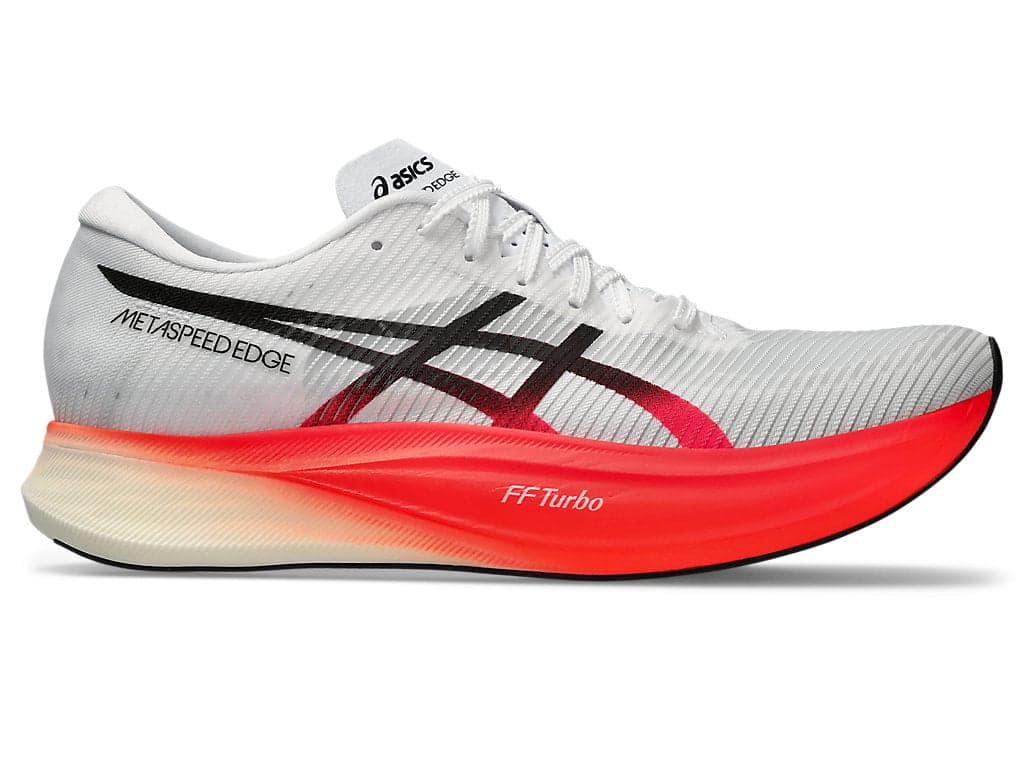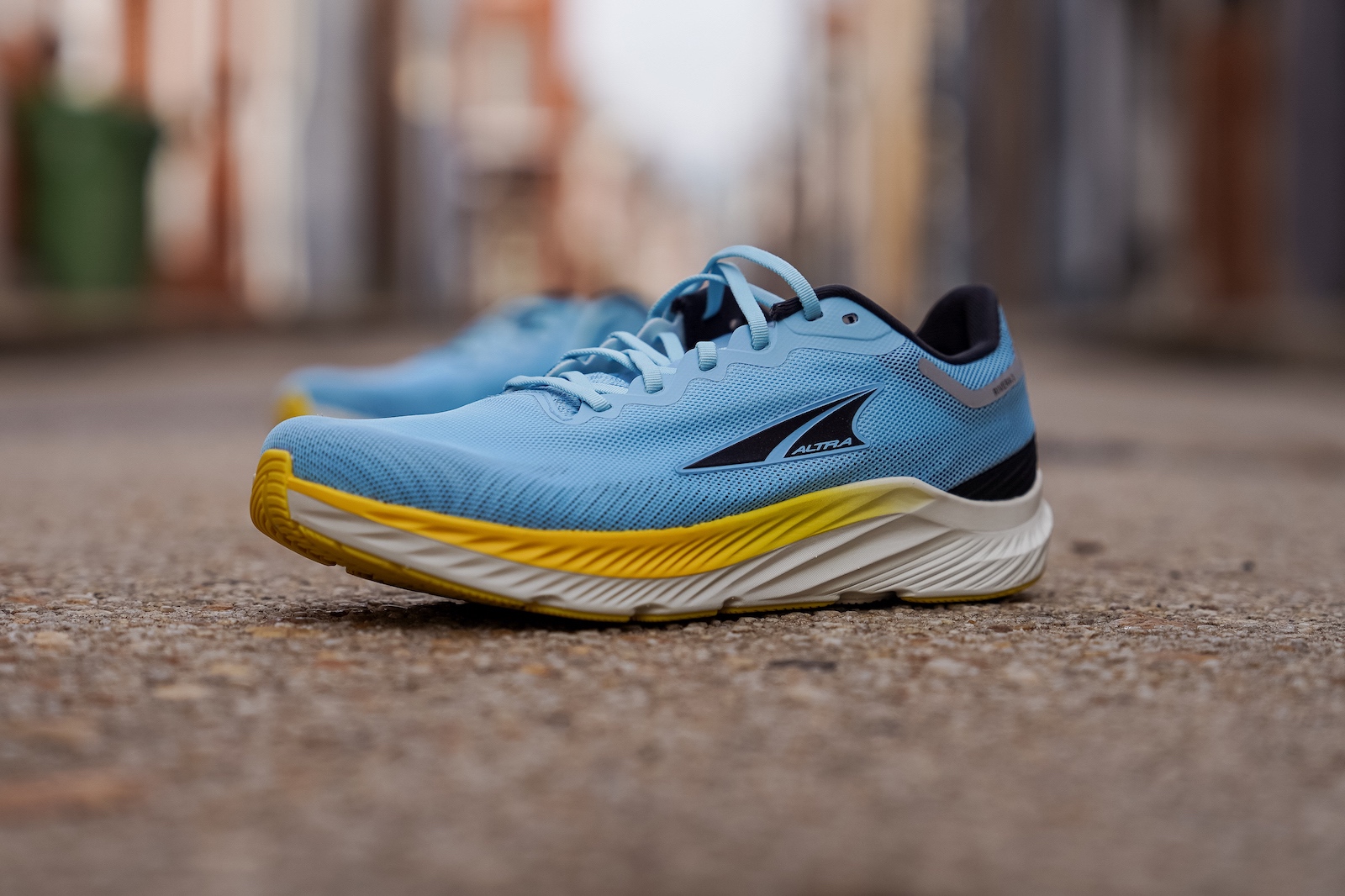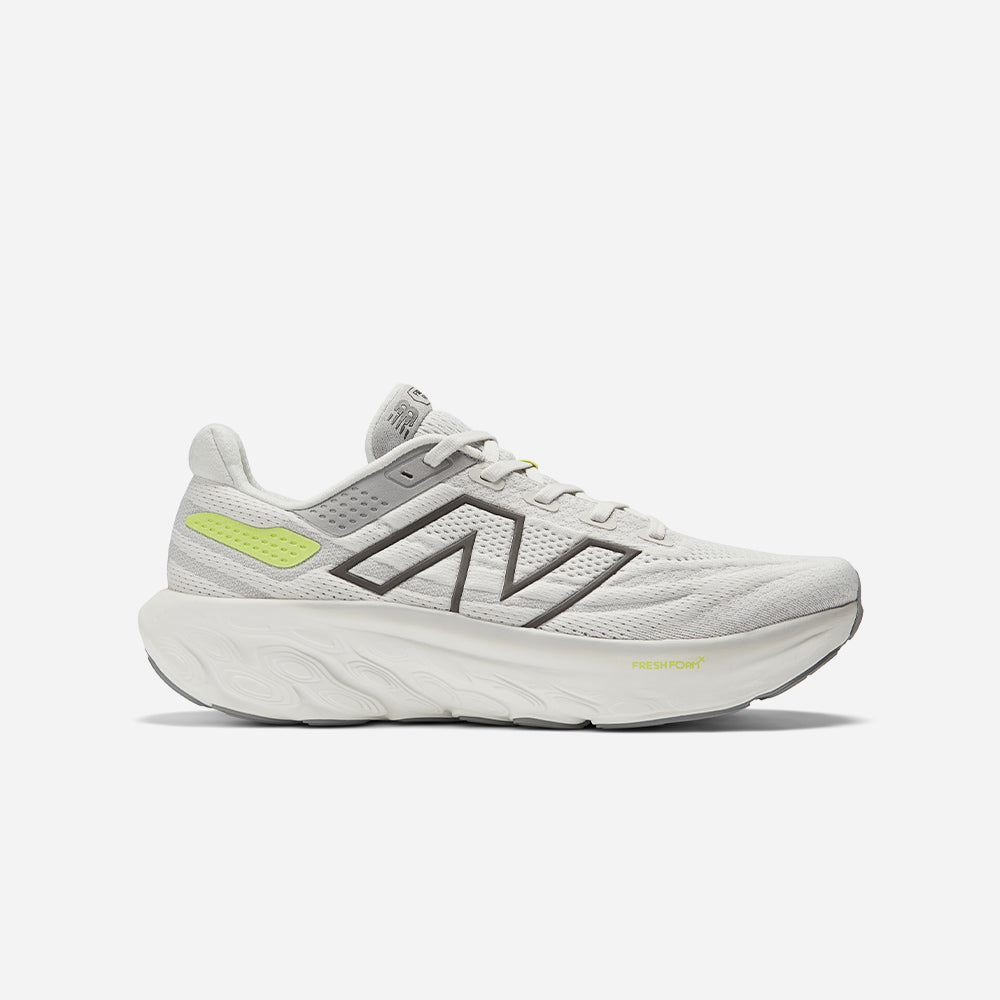Have you ever felt an uncomfortable itchiness and burning sensation between your toes? Do you see peeling, red patches that make you hesitant to wear sandals? Well, my friends, that might be the unwelcome guest known as athlete’s foot. Don’t let this pesky fungus ruin your style! Let’s explore how to kick an athlete’s foot to the curb and get your feet back to feeling great.

WHAT IS ATHLETE’S FOOT?
Athlete’s foot, also known as tinea pedis, is a common fungal infection that affects the skin of the feet. It is caused by various fungi, such as Trichophyton, Epidermophyton, and Microsporum. Athlete’s foot is highly contagious and is often spread in warm and moist environments, such as locker rooms, swimming pools, and communal shower areas.
The symptoms of athlete’s foot include:
- Itching: The affected areas, usually between the toes, become itchy.
- Redness and Inflammation: The skin may become red and inflamed.
- Peeling and Cracking: The skin may peel or crack, and blisters can also form.
- Burning Sensation: Some people may experience a burning or stinging sensation.
Athlete’s foot is not limited to athletes; anyone can develop this condition. It thrives in warm, moist environments, making people who frequently wear tight-fitting shoes, share communal bathing areas, or have sweaty feet more susceptible.
WHAT ARE THE DIFFERENT TYPES OF ATHLETE’S FOOT?
The symptoms of athlete’s foot vary depending on the type of infection you have.
Toe Web Infection: This is the most common type, affecting the skin between the fourth (ring toe) and fifth (pinkie toe). The skin may change color, crack, peel, or flake.
Moccasin-Type Infection: This type impacts the bottoms, heels, and edges of your feet. Initially, your feet may feel sore for a few days, followed by thickening and cracking of the skin on the soles. In rare cases, toenails may become infected, thickening, breaking into small pieces, and falling out.
Vesicular-Type Infection: Typically affecting the bottoms but potentially appearing anywhere on your feet, this type is characterized by bumps or fluid-filled blisters (vesicles).
Ulcerative Infection: The rarest type, ulcerative infection manifests with open sores (ulcers) between the toes and may also occur on the bottoms of your feet.
WHAT DOES ATHLETE’S FOOT LOOK LIKE?
Athlete’s foot can bother the skin between your toes, the bottom, top, and edges of your feet, and even your heels. Your skin might look annoyed with colors like red, purple, gray, or white. It may also seem scaly or flaky.

WHO IS AT RISK FOR THIS CONDITION?
Anyone can be at risk of athlete’s foot, but certain factors may increase the likelihood of developing the infection. People who frequently wear tight or closed-toe shoes, share communal bathing areas like locker rooms and swimming pools, or have sweaty feet are more susceptible. Athlete’s foot thrives in warm and moist environments, creating a higher risk for those who experience these conditions regularly.
Additionally, individuals with weakened immune systems, diabetes, or poor circulation may be more prone to developing and experiencing complications from athlete’s foot. Practicing good foot hygiene and taking preventive measures, such as keeping feet dry and avoiding sharing personal items, can help reduce the risk of contracting this fungal infection.
HOW TO TREAT ATHLETE’S FOOT
If the symptoms of an athlete’s foot persist despite using nonprescription products and practicing self-care, seeking medical attention becomes important. A doctor may recommend prescription-strength antifungal creams or ointments, which can be more potent in treating the infection. Commonly prescribed medications include clotrimazole, econazole (Ecoza), or ciclopirox (Loprox). These stronger formulations are designed to combat persistent fungal infections and may be necessary for cases that do not respond to over-the-counter options.
In more severe cases or if the infection has spread extensively, the doctor might opt for oral antifungal medications. These can include medications like terbinafine or itraconazole (Sporanox, Tolsura). Oral antifungal pills are typically reserved for more serious or widespread infections, and their use will be determined based on the specific circumstances of the individual case. In some instances, a combination of both topical and oral medications may be prescribed to address the infection comprehensively.
It is crucial to follow the doctor’s recommendations diligently and complete the prescribed course of treatment to ensure the most effective resolution of the athlete’s foot infection. Regular follow-ups with the healthcare provider may also be recommended to monitor progress and adjust the treatment plan as needed.
LIFESTYLE AND HOME REMEDIES
In addition to medical treatments, certain lifestyle and home remedies can complement the management of an athlete’s foot.
KEEP YOUR FEET CLEAN AND DRY
Maintaining clean and dry feet is a crucial aspect of treating an athlete’s foot. Regularly washing your feet with soap and water, especially focusing on the spaces between the toes, helps remove dirt and sweat, creating an unfavorable environment for fungal growth. Equally important is the thorough drying of your feet, as fungi thrive in warm, moist conditions. After washing, ensure your feet are completely dry, using a clean towel and paying attention to the areas between the toes. Opting for moisture-wicking socks and changing them throughout the day can further contribute to keeping your feet dry. By prioritizing cleanliness and dryness, you create an inhospitable environment for the fungi causing athlete’s foot, aiding in the resolution of the infection and preventing its recurrence.
USE AN ANTIFUNGAL PRODUCT
Following the thorough washing and drying of your feet, consider applying an antifungal product to aid in the treatment of athlete’s foot. Terbinafine, available as Lamisil AT, has demonstrated notable effectiveness in combating the fungal infection. Alternatively, clotrimazole, marketed as Lotrimin AF, presents another viable option. It may be necessary to experiment with different formulations, such as ointments, gels, creams, lotions, powders, or sprays, to determine which works best for you. Apply the chosen product to the affected skin as directed, typically twice a day, and continue the regimen until a week after the rash clears up. It’s important to be patient, as results may take 2 to 4 weeks to become apparent. In the event of a recurrence, restarting the application of the antifungal product may be necessary for effective management.
CHANGE SOCKS REGULARLY
Regularly changing your socks is a simple yet effective strategy in the treatment of athlete’s feet. Socks can trap moisture and create an environment conducive to fungal growth, so changing them regularly helps keep your feet dry and lessens the likelihood of infection. Opt for moisture-wicking socks that draw moisture away from the skin, and consider changing into a fresh pair if your feet become sweaty during the day. This practice not only minimizes the risk of developing athlete’s foot but also aids in the recovery process if you’re already dealing with the infection.
WEAR LIGHT, WELL-VENTILATED FOOTWEAR
Choosing light and well-ventilated shoes is a helpful way to treat an athlete’s foot. These types of shoes allow more air to reach your feet, keeping them dry and preventing the fungus from growing. When your feet are in shoes that let air in, it helps create an environment that’s not suitable for the fungus that causes athlete’s foot. So, when dealing with an athlete’s foot, consider wearing shoes that let your feet breathe and stay cool.
ALTERNATE PAIRS OF SHOES
Changing between different pairs of shoes can be a helpful way to treat an athlete’s foot. When you wear the same shoes every day, they may not have enough time to dry out completely. Moisture inside the shoes can create a good environment for the fungus that causes athlete’s foot. By switching between different pairs of shoes, you give each pair more time to air out and become dry. This can make it harder for the fungus to survive and help in the treatment of athlete’s foot.
PROTECT YOUR FEET IN PUBLIC PLACES
When navigating public spaces like pools, showers, and locker rooms, it is advisable to go beyond just wearing any sandals and opt for waterproof ones. Waterproof sandals or shoes create an additional barrier between your feet and the moist, communal environments commonly found in these areas. This barrier helps to minimize direct contact with potentially contaminated surfaces, reducing the risk of picking up or spreading fungal infections like athlete’s foot. The waterproof feature adds an extra layer of protection, preventing water and dampness from coming into direct contact with your feet. Choosing sandals or shoes with adequate ventilation is also beneficial, as it allows air circulation, further discouraging the growth of fungi in the enclosed spaces.
TRY NOT TO SCRATCH THE RASH
This soothing method helps alleviate the discomfort associated with itching and provides a refreshing sensation. To enhance the effectiveness of the soak, consider adding some mild, fragrance-free soap or Epsom salt to the water. These additions can contribute to cleansing and relieving any irritation on the skin. Gently pat your feet dry after the soak, ensuring they are thoroughly dried, particularly between the toes where moisture tends to linger. Following this practice regularly can not only provide immediate relief for itchy feet but also contribute to overall foot hygiene, helping to prevent or manage conditions like athlete’s foot.
DON’T SHARE SHOES
Sharing personal items poses a significant risk for the spread of fungal infections, and understanding the potential consequences is crucial. Fungi responsible for conditions like an athlete’s foot can easily transfer from one person to another through shared items such as towels, socks, shoes, or even personal grooming tools. These microorganisms thrive in warm and moist environments, making shared items an ideal medium for transmission.
When an infected person shares items, they may unknowingly transfer the fungi to the shared surface. Subsequently, if another person comes into contact with the contaminated item, they become vulnerable to infection. It’s important to emphasize that fungal infections can be highly contagious, and even small amounts of fungi can lead to the development of infections in susceptible individuals.
To prevent the spread of fungal infections, it’s essential to avoid sharing personal items and encourage others to do the same.
HOW SOON AFTER TREATMENT WILL I FEEL BETTER?
With accurate diagnosis and appropriate treatment, your athlete’s foot is likely to resolve within a span of one to eight weeks. It is crucial to adhere closely to the instructions provided by your healthcare provider. Completing the full course of prescribed medication is essential for effective and lasting recovery. As you progress through the initial stages of healing, the itchiness and irritation should gradually diminish.
However, it’s important to note that even if your symptoms subside, the underlying infection may persist. Failure to complete the entire course of medication can lead to a recurrence of an athlete’s foot, making it more challenging to treat. To ensure a successful outcome and reduce the risk of recurrence, follow your healthcare provider’s recommendations diligently and complete the prescribed treatment regimen.
WHAT WILL HAPPEN IF AN ATHLETE’S FOOT IS LEFT UNTREATED?
Leaving an athlete’s foot untreated can lead to various complications and exacerbate the condition. If the fungal infection is allowed to persist, it may spread to other areas of the feet and even to the toenails, leading to a more challenging and prolonged recovery. The continuous presence of the fungus can cause the skin to crack, leading to painful fissures and potential bacterial infections. Furthermore, an untreated athlete’s foot can contribute to the development of a chronic or recurring condition, making it more resistant to treatment over time. Beyond the physical discomfort, the persistent itching and irritation may significantly impact daily life.
Additionally, there is a risk of spreading the infection to others through shared surfaces or close contact. To prevent these complications and ensure effective resolution, seeking prompt medical attention and following the recommended treatment plan is crucial when dealing with an athlete’s foot.
FAQ
1. Can an athlete’s foot go away on its own?
Athlete’s foot is unlikely to get better on its own.
2. Do I need to throw away my socks if I have an athlete’s foot?
Yes. Refrain from sharing socks and shoes with individuals who have the infection.
3. How do I know my athlete’s foot is healing?
Athlete’s foot treatment typically takes one to four weeks, and you should see improvements in the first few days. If no progress is observed within a week, consult your healthcare provider.
4. Should I moisturize an athlete’s foot?
It’s generally not recommended to moisturize an athlete’s foot, as fungi thrive in moist environments.
5. Is the sun good for an athlete’s foot?
Yes. Sunlight’s ultraviolet radiation can eliminate fungi responsible for causing athlete’s foot.
CONCLUSION
Effectively addressing and eliminating athlete’s foot involves a combination of proper hygiene practices, targeted treatments, and preventive measures. From maintaining clean and dry feet to using antifungal medications as directed, the key lies in consistent and thorough care. Additionally, avoiding shared items, wearing appropriate footwear, and seeking medical attention when needed contribute to a comprehensive approach in getting rid of an athlete’s foot and promoting overall foot health. Remember, patience and adherence to recommended guidelines are paramount for a successful resolution of this common fungal infection.



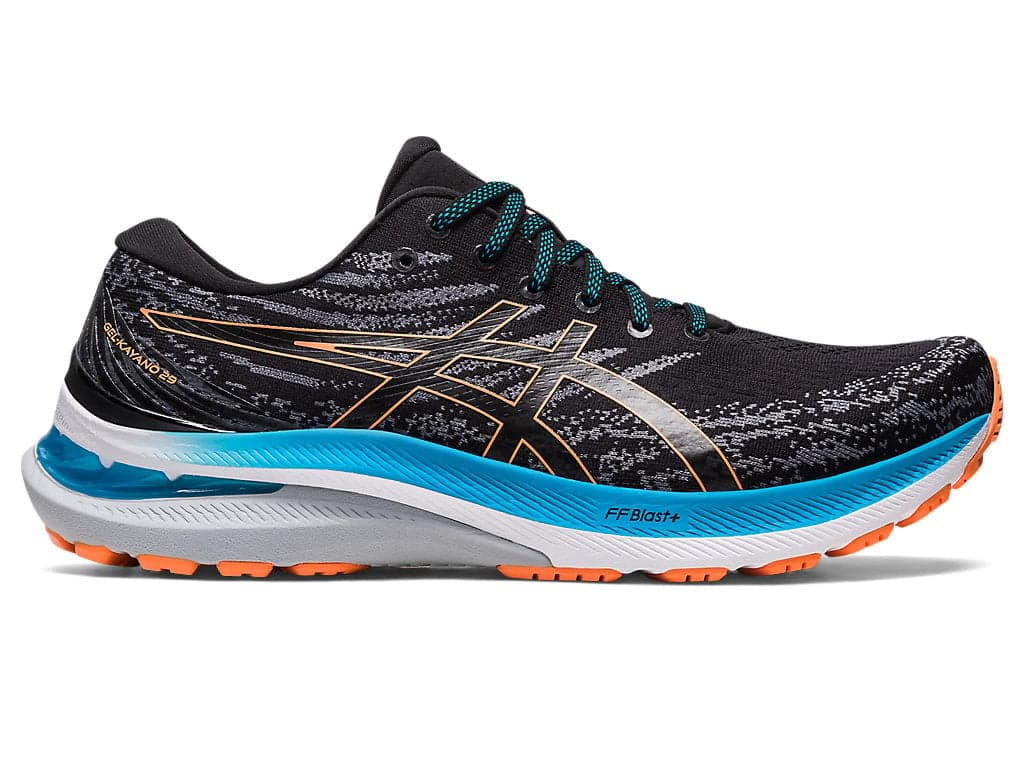
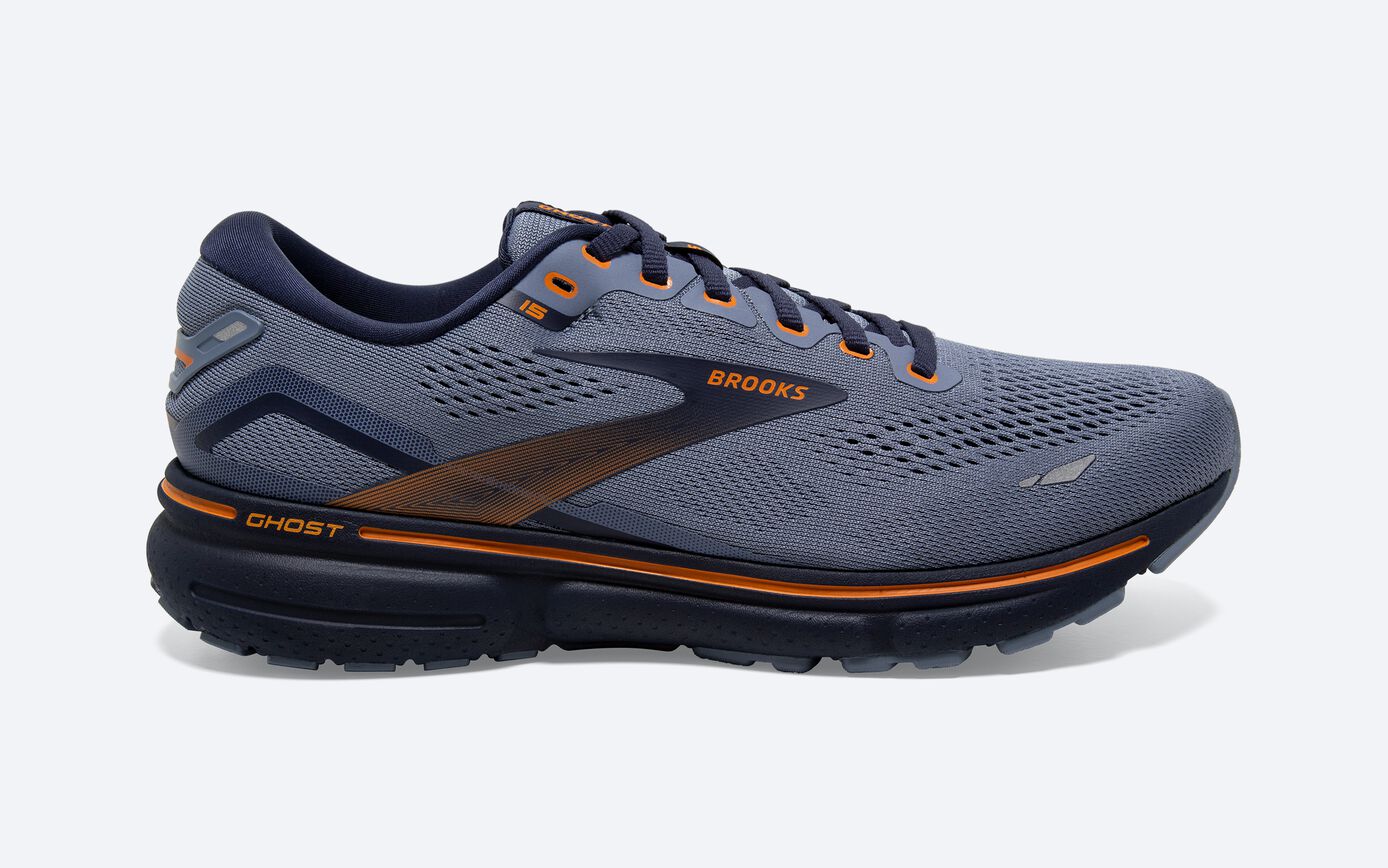

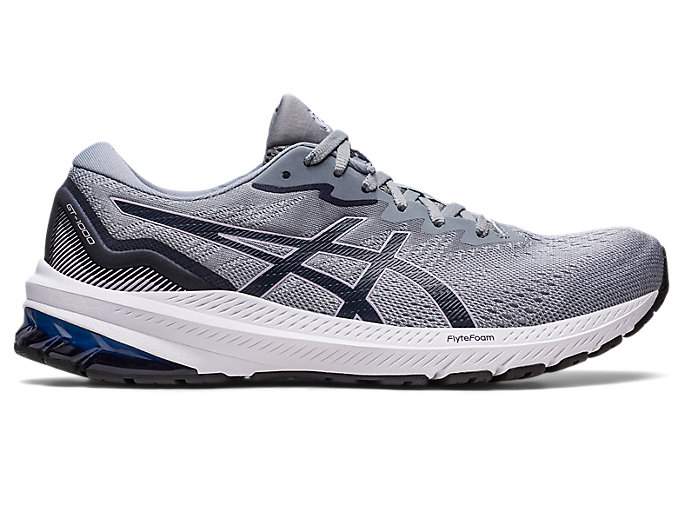
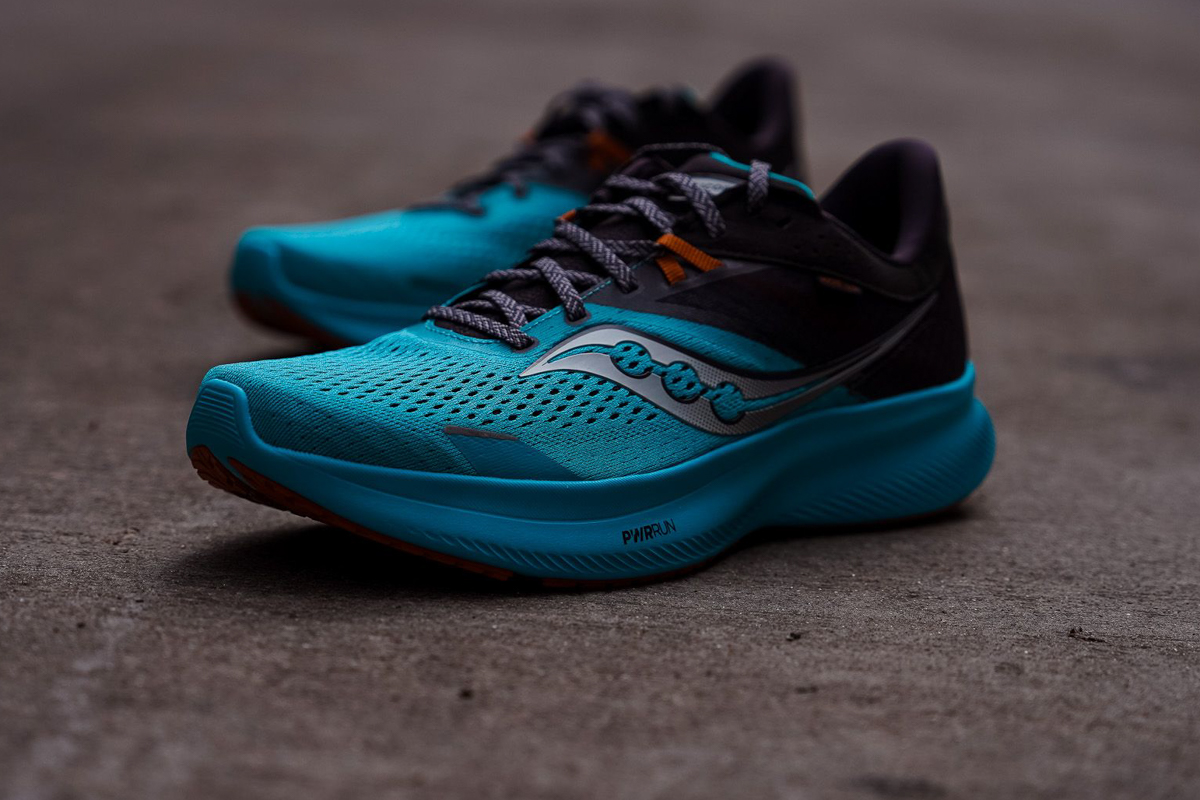
.jpg)


